Tab Article
Updated and expanded, the 2nd edition of this text presents clear-cut, "how-to" instructions on properly evaluating vital signs, treating patients who require special equipment or care, and much more. Well-illustrated techniques and procedures demonstrate positioning and draping the patient, patient transfer, and ambulation activities, with rationales and physiologic principles that explain why techniques are used. It emphasizes a basic approach and straightforward clinical applications related to patient care.
-
APTA's Guide to Physical Therapist Practice and a Normative Model of Physical Therapist Education defines the terms "assessment" and "evaluation" to clarify how the terms are used throughout the book.
-
An overview of the impairment/disability model found in the APTA's Guide to Physical Therapist Practice is included.
-
The discussion of inter-professional collaboration has been expanded to include the roles of the PT and PTA in the health care team.
-
Suggestions are incorporated for an evaluation of the home and workplace of a person with a disability.
-
Problem-solving strategies help the reader address real-world situations.
-
Assessment of pain as a component of vital sign patterns is now included in the chapter on vital sign assessment (Chapter 3).
-
Basic concepts related to cultural diversity and assessment of the environment for a person with a disability help readers develop a sense of cultural sensitivity and awareness in caring for patients with disabilities.
-
A self-study/discussion section at the end of each chapter encourages readers to think about how they would handle real-life situations.
-
New photographs have been added related to wheelchairs, lifting, bed mobility, lymphedema, and functional activities.
-
Content has been reorganized to follow the logical sequence of patient care in a clinical environment.
-
New boxes, tables, and procedures in several chapters reinforce key information.
-
A new chapter on infection control (Chapter 2) shows how diseases can be controlled by hand washing techniques, isolation precautions, and the application and removal of protective garments.
-
A new chapter on basic wound care and specialized interventions (Chapter 11) includes principles and techniques related to lymphedema management and cardiopulmonary physical therapy.




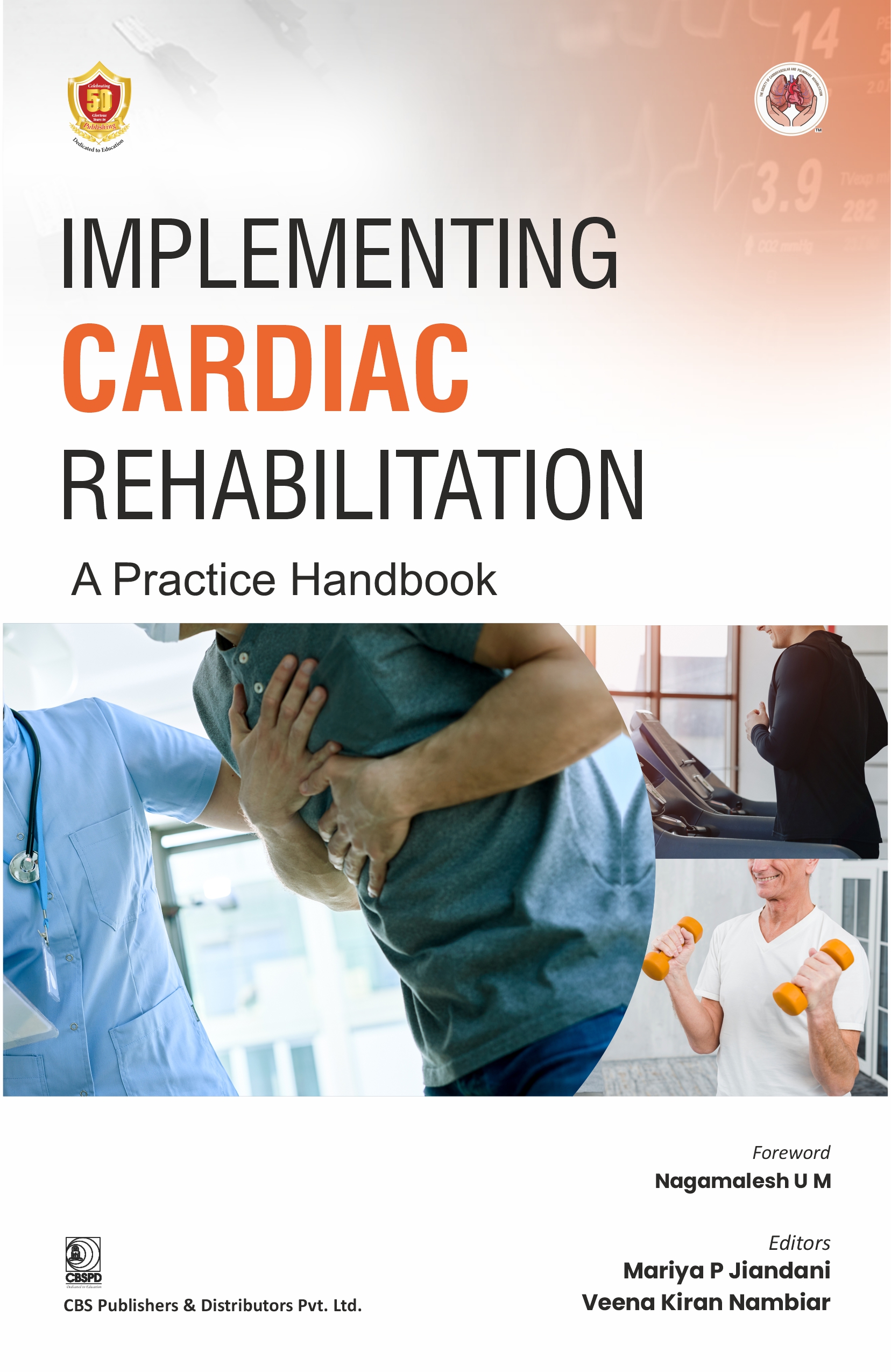
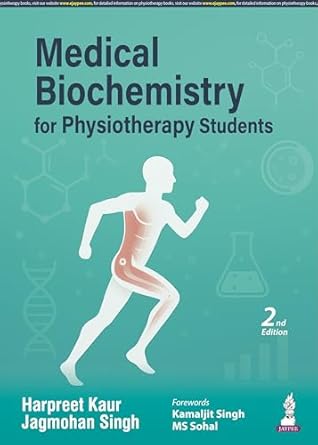
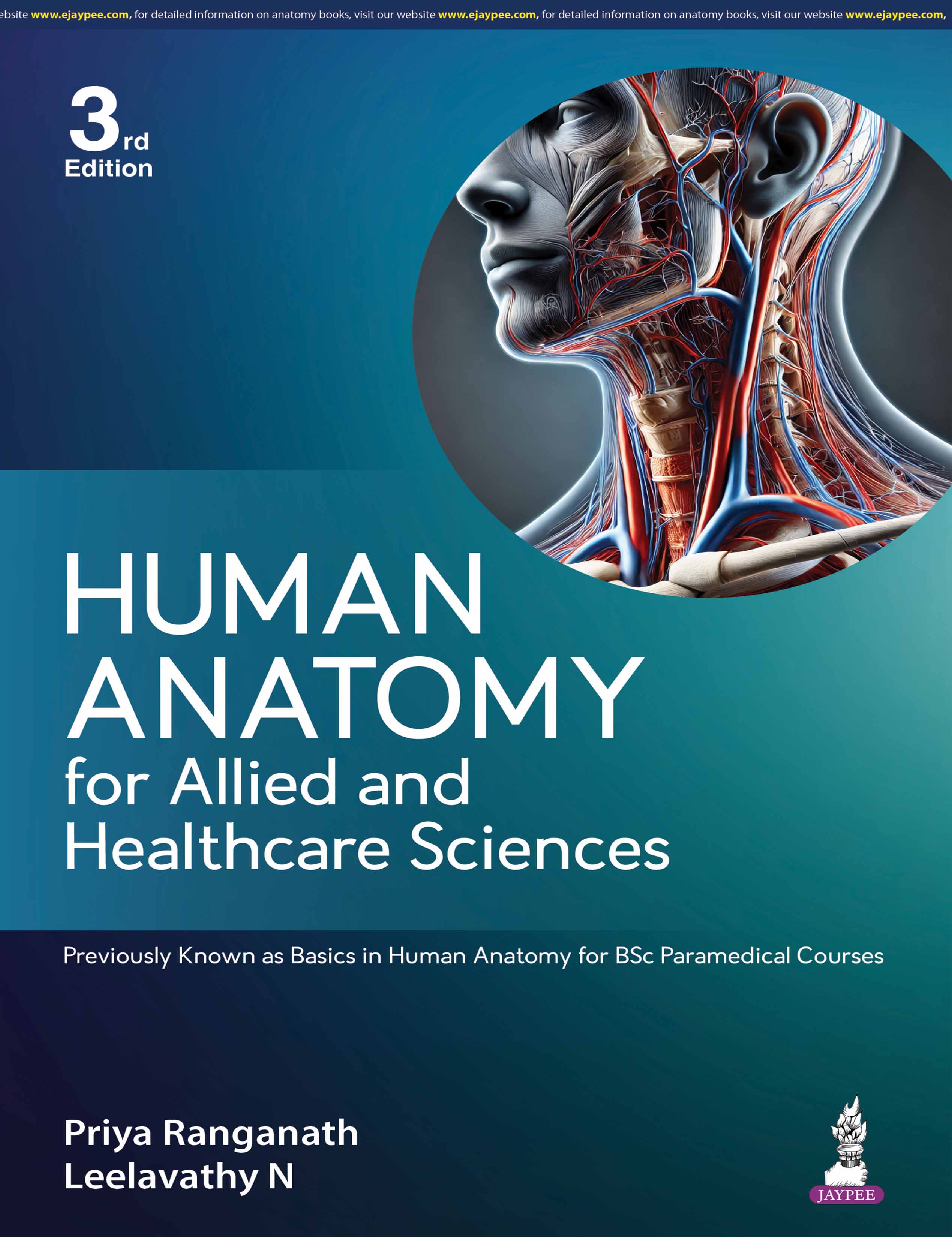
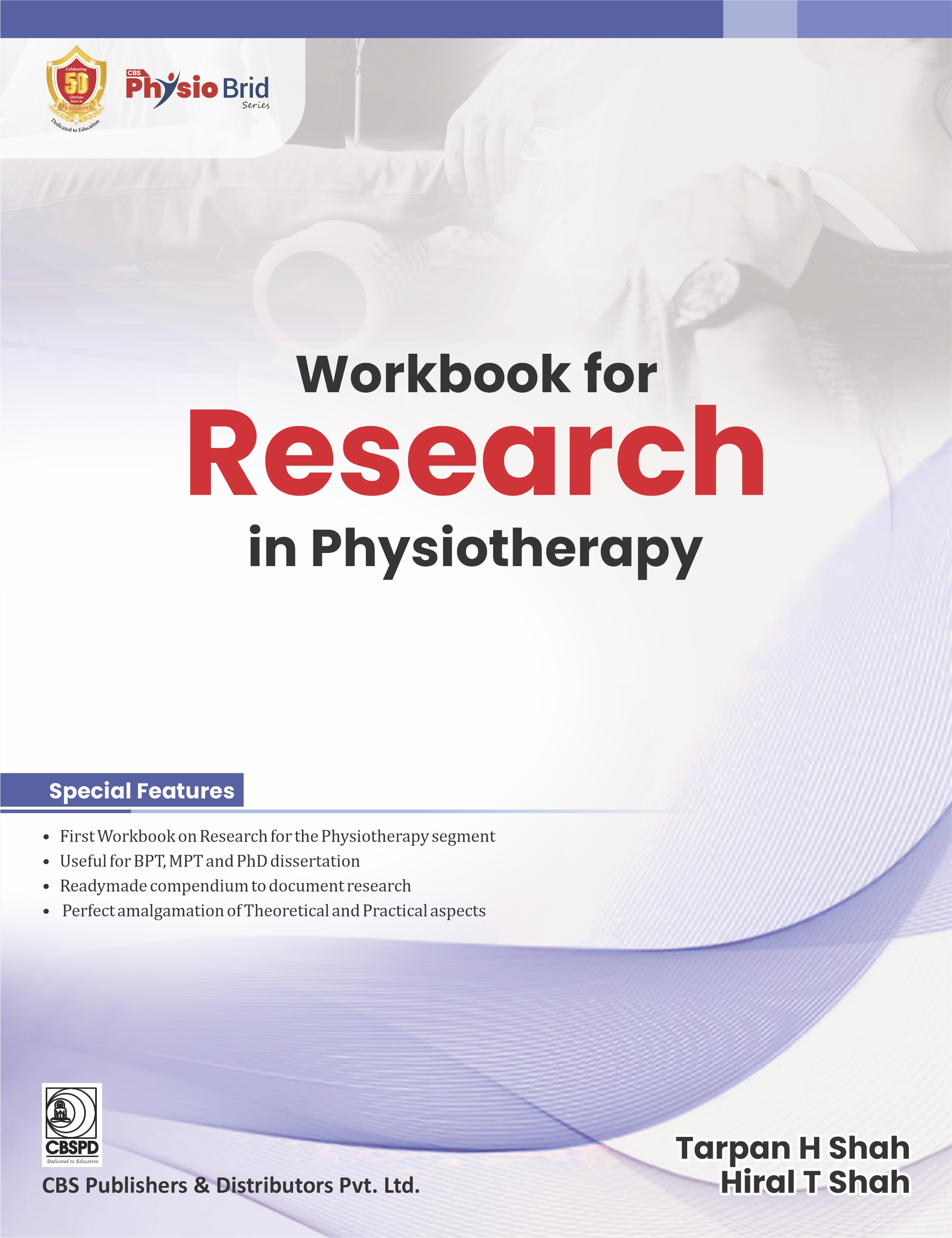
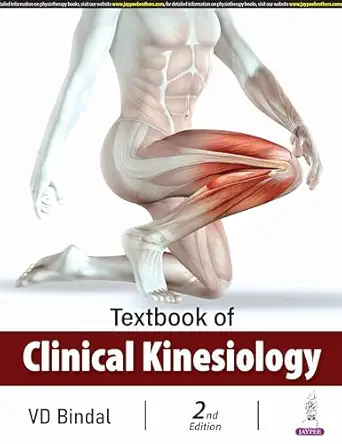





Sathiabalan
Verified PurchaseBest one stop for medical books and equipment.